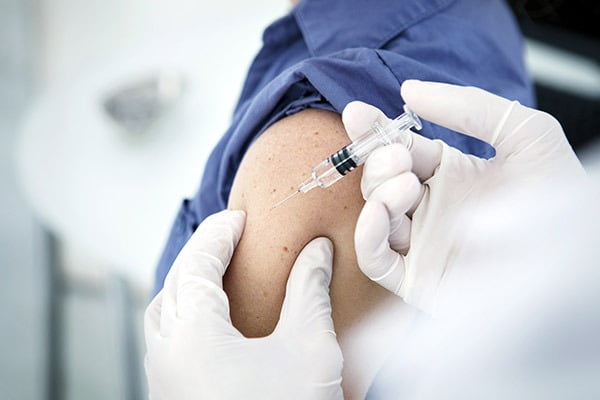With the Federal Election date now set for May 3, Australia’s leading diabetes advocacy organisations are calling for election commitments to expand affordable access to life changing technologies for people living with diabetes.
The cost-of-living crisis is hitting Australians hard, with many people living with diabetes forced to choose between essential medical technology and basic necessities. The latest Diabetes Australia cost of living survey found that for 61 percent of people, the cost of diabetes medicines and technologies was their greatest challenge.
Diabetes Australia Group CEO Justine Cain said Australians living with all types of diabetes should have equitable access to the technology they need to live well.
“Nobody should have to decide between good health care and putting food on the table,” Ms Cain said.
“The bi-partisan support to expand continuous glucose monitoring (CGM) device subsidies for people living with type 1 diabetes in 2022 was welcome and much needed, and we thank both the Government and the Opposition for that.
“Unfortunately, people living with type 2 diabetes requiring multiple daily insulin injections are still being denied the same subsidy. On top of that, thousands of Australians living with type 1 diabetes who can’t afford top level private health insurance are not able to afford insulin pumps.
“This situation cannot continue. Not only are we falling behind the diabetes technology provided in many other developed nations, but as a country we are now failing to provide what is considered standard care in the management of diabetes. There is clear evidence that access to diabetes technologies reduces overall healthcare costs for both the individual and the healthcare system.
“A person’s bank balance or postcode should not be a barrier to good health,” Ms Cain said.
In its policy paper Equitable Access to Diabetes Technology, Diabetes Australia recommends a $200 million investment over four years to expand subsidised access to diabetes technologies for key priority groups as a first step.
Expanding subsidies for CGM devices will provide access for approximately 22,000 people living with type 2 diabetes, and expanding subsidies for insulin pumps will increase access to a further 16,000 people living with type 1 diabetes.
James Lequertier, 80, lives with type 2 diabetes, and says access to a CGM has helped him a lot. But as a self-funded retiree, he’s paying more than $200 a month out of pocket.
Despite maintaining a healthy weight and living an active lifestyle with no family history of the condition, James was diagnosed with type 2 diabetes 30 years ago and has been using insulin since 2000.
“Since I started using a CGM six months ago, my HbA1c has dropped to 7.8%. It’s because I can finally see what’s happening with my blood glucose in real time,” James said. “Just swapping in crispbread instead of eating regular bread at lunch has made a difference, but I wouldn’t have known that as easily without CGM.
“It’s impossible to achieve continuous monitoring with a lancing device, commonly known as a finger prick.”
He says CGM has made managing his diabetes easier and safer, but the cost is a burden.
“What price do you put on your health?” James said.
James has written to both the current and former Federal Health Ministers urging them to subsidise CGM for people with type 2 diabetes who are dependent on insulin.
“There’s a lot of people who have much higher glucose levels than me. They should be able to access the diabetes technology that would help them.”
Technology that supports the management of blood glucose is critically important, given the health complications that can arise when they do not remain within a healthy range.
More than 1.5 million Australians are living with diabetes and 500,000 are living with undiagnosed diabetes. More than 300 people are diagnosed every day and it is estimated the number of people living with diabetes in Australia will exceed 3.1 million by 2050.
Diabetes Australia, the Australian Diabetes Society and the Australian Diabetes Educators Association say the diabetes epidemic in Australia is at a crisis point. It is time for both the ALP and Coalition parties to make a public commitment to address the current inequity in the system that gives some people access to technologies while others go without.
The growing epidemic of diabetes is one of the most complex health challenges facing our nation. The latest Australian Institute of Health and Welfare data estimates that 10 percent of all hospitalisations in Australia in 2021-22 were associated with diabetes.
There has never been a more critical time to act.










